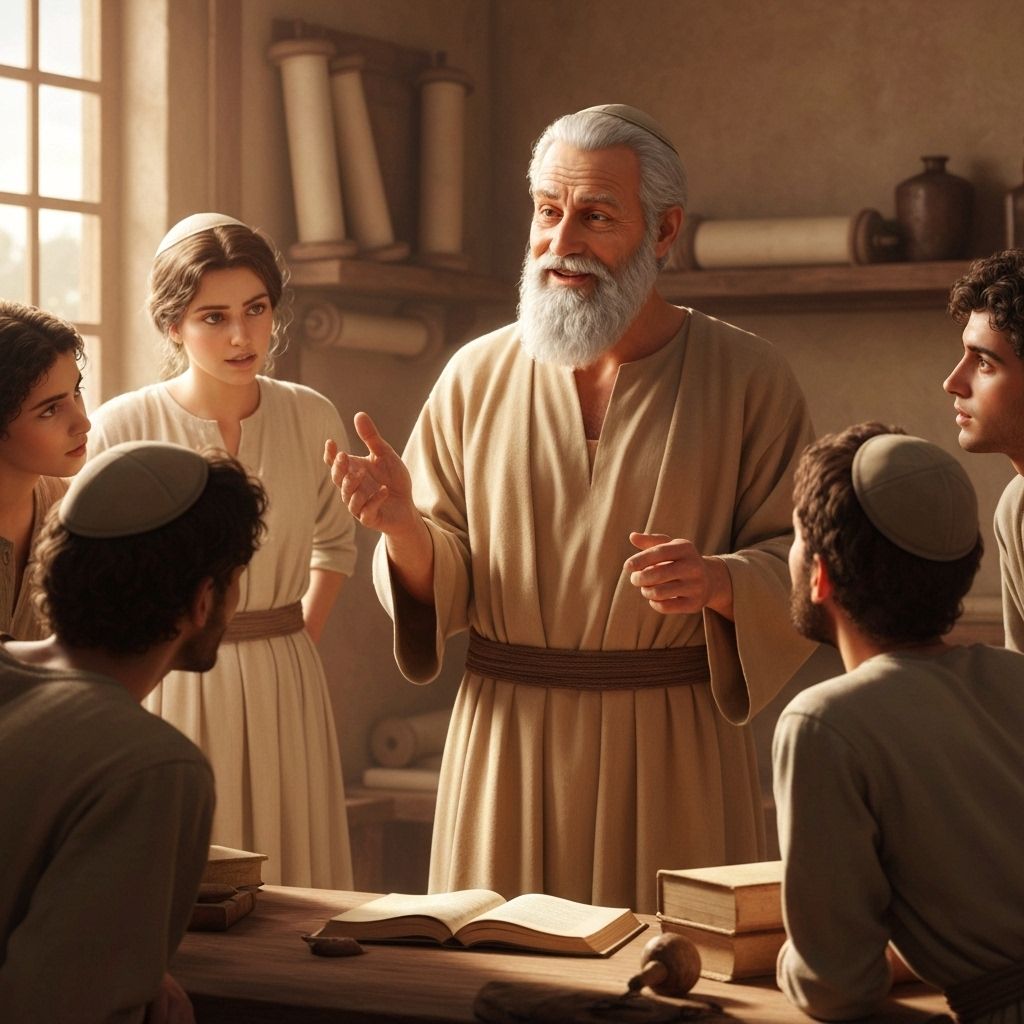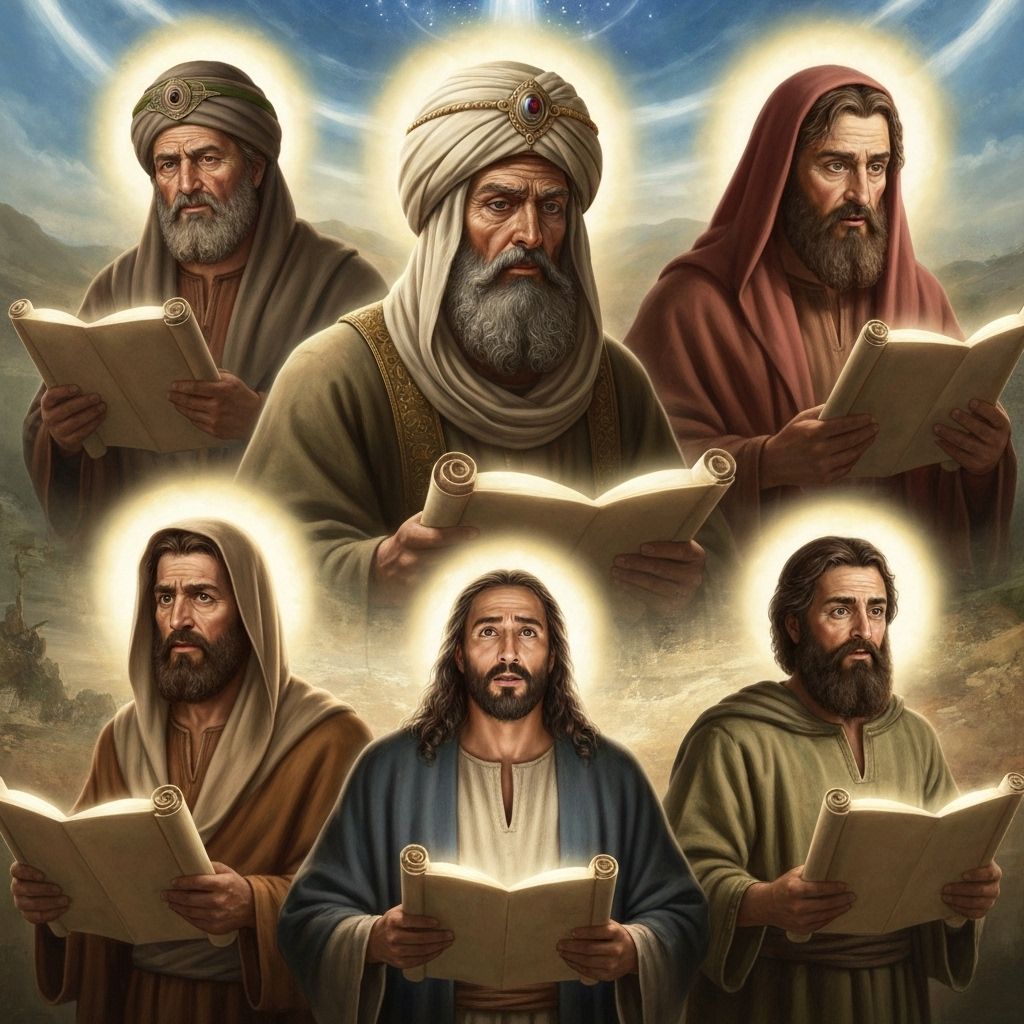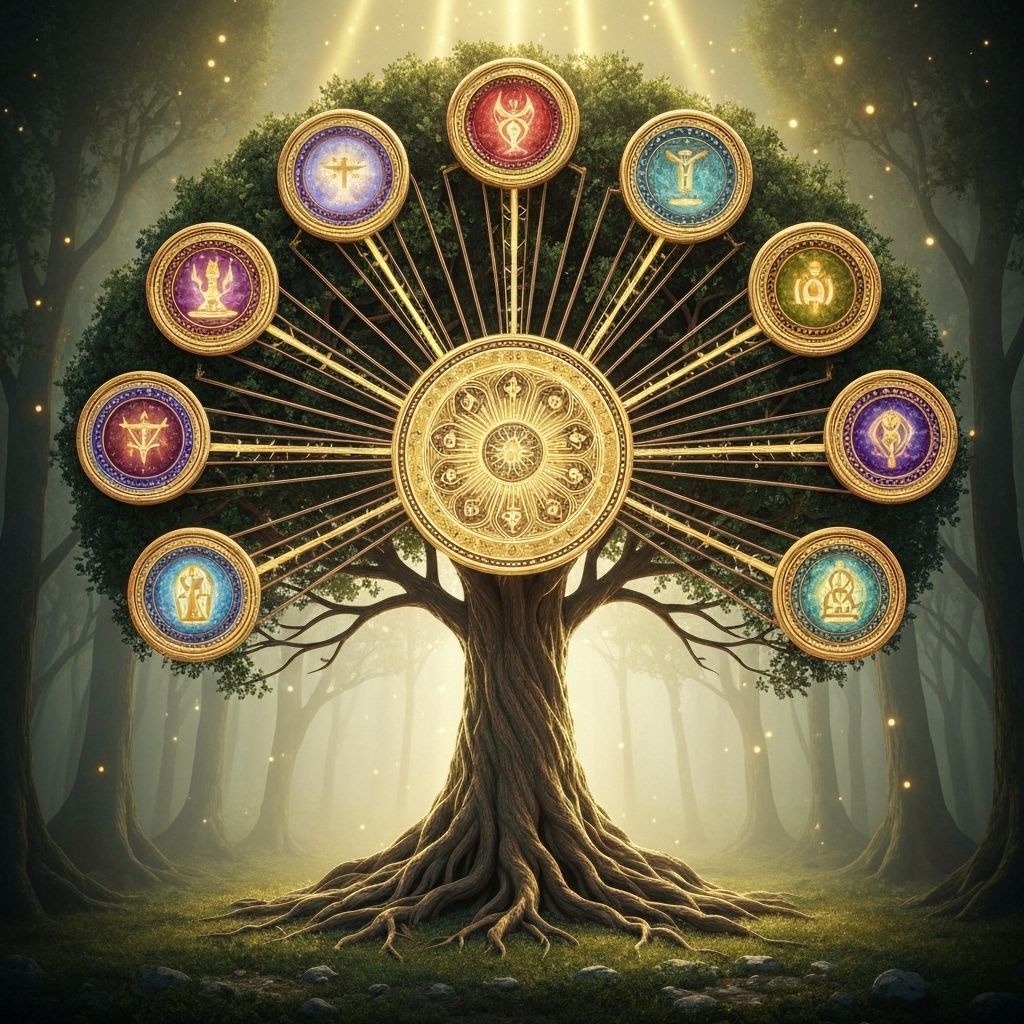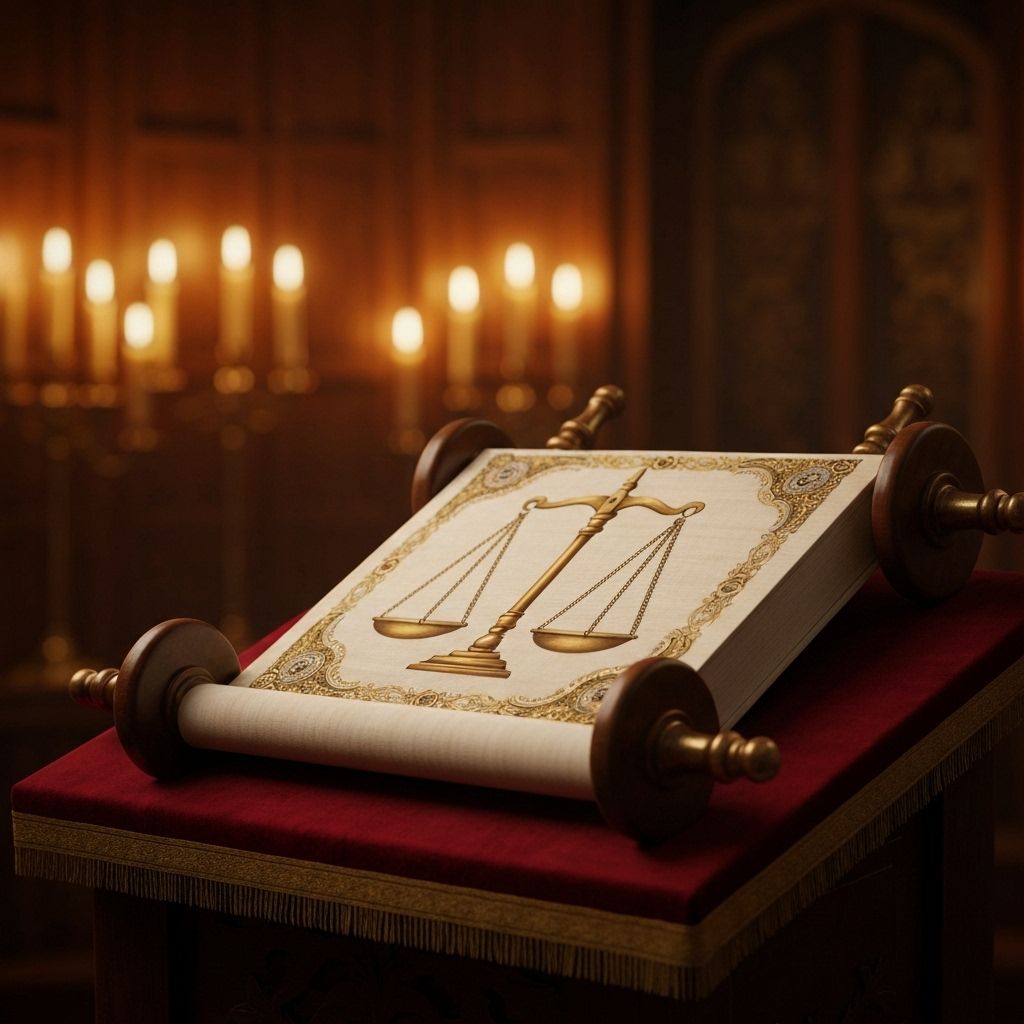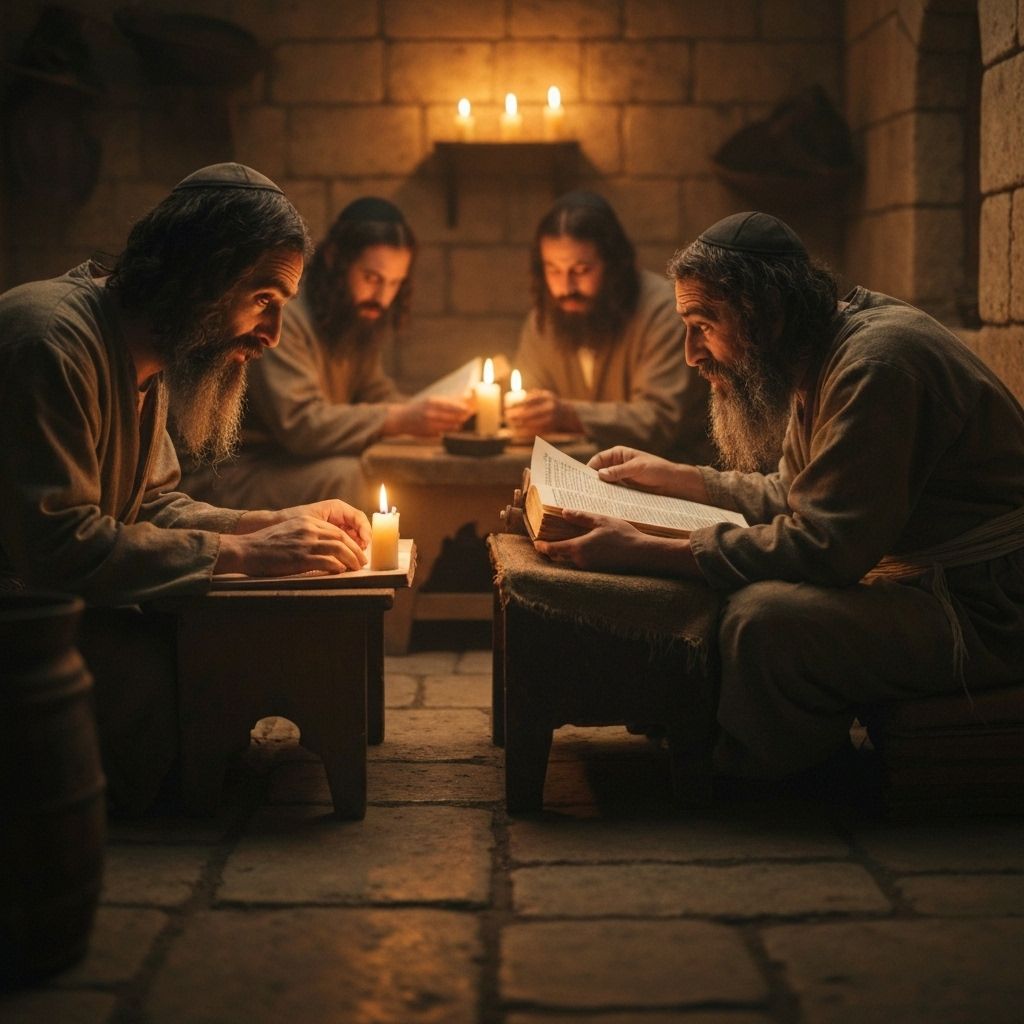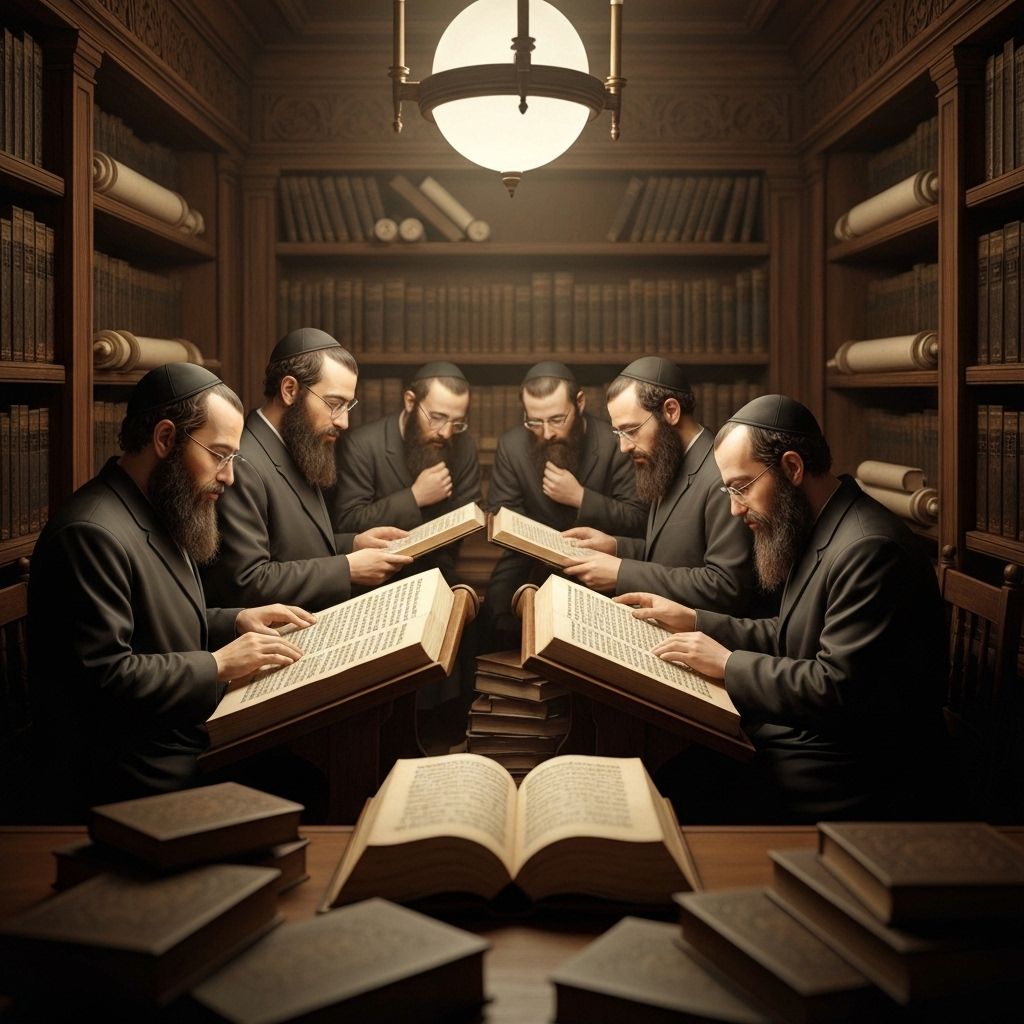3-Minute Summary
The Words of the Torah Explained with Help from Rashi and Ramban
Rashi (1040-1105) was a medieval French rabbi whose commentary on the Torah and Talmud is considered essential reading. His explanations focus on the plain meaning of the text and are known for their clarity and accessibility.
Ramban (1194-1270) was a Spanish rabbi, physician, and philosopher who provided deeper mystical and philosophical insights into the Torah, often building upon Rashi's work while adding his own profound interpretations.
The Menorah lighting establishes the importance of divine light and wisdom in sacred space. Aaron's role in this ritual shows the priestly function in maintaining spiritual illumination.
The Levite consecration through offerings and rituals parallels the priestly dedication, showing that different levels of service require appropriate consecration and that all sacred work needs divine sanction.
The second Passover for the impure demonstrates divine accommodation for human needs. Hashem provides a path for those unable to observe the first Passover due to ritual impurity, showing divine mercy and inclusivity.
The cloud and fire provide constant divine guidance, moving when the people should travel and resting when they should encamp. This shows ongoing divine providence and the importance of following divine timing.
The silver trumpets serve as instruments of divine communication, calling the people to assembly, signaling travel, and announcing war. This establishes structured ways for divine will to be communicated to the community.
The people's complaints about the manna lead to the provision of quail, but this blessing becomes a punishment when they gorge themselves excessively. This teaches about the dangers of ingratitude and overindulgence even in divine provision.
The appointment of elders to assist Moses distributes leadership and spiritual responsibility. This shows that divine service requires shared burden and that spiritual gifts can be imparted to others through proper channels.
Miriam and Aaron's challenge to Moses' unique status leads to divine clarification of prophetic roles. Miriam's leprosy and healing demonstrate that even family members of leaders are subject to divine judgment when they challenge divine appointments.
Moses' prayer for Miriam's healing shows his compassion and intercession. His statement that all people should be prophets reveals his humility and recognition that divine spirit is not scarce but abundant.
The spies' mission to scout Canaan represents the transition from desert wandering to land conquest. Their negative report, focusing on obstacles rather than opportunities, shows the danger of fear-based thinking over faith-based vision.
The people's despair and desire to return to Egypt demonstrate the challenge of maintaining faith during uncertainty. Despite divine miracles and guidance, fear of the unknown can undermine trust in divine promises.


